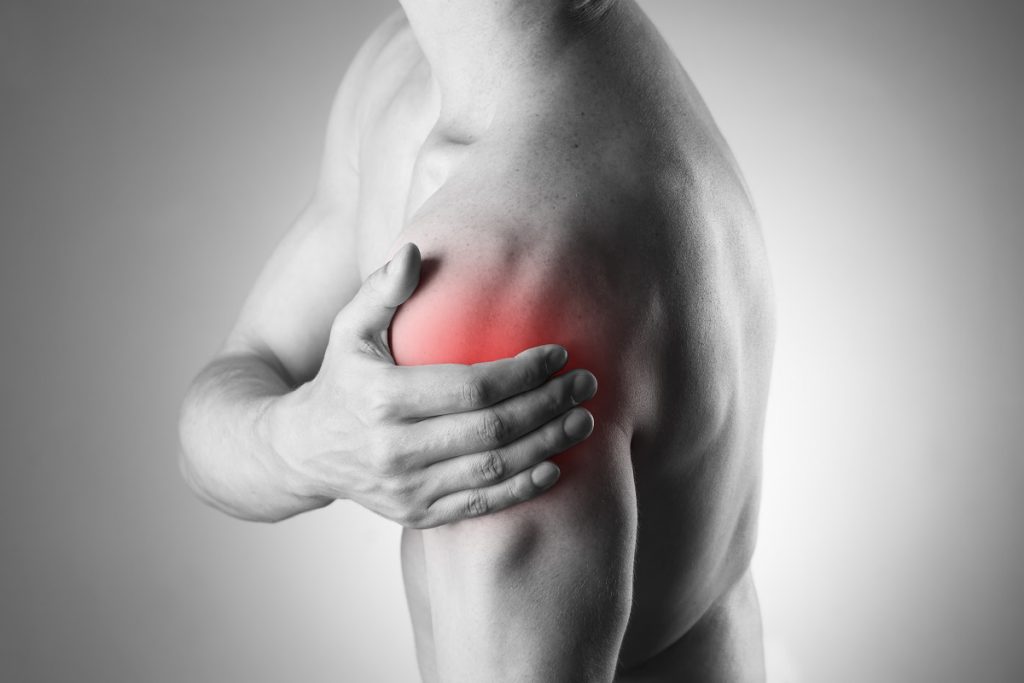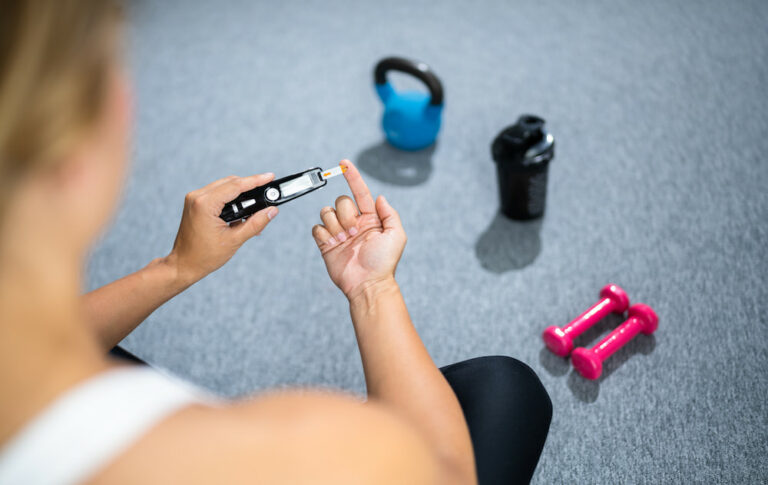
Do you experience chronic pain? If so, you are one of the estimated 3.24 million Australians who lives with chronic pain.
Although exercise may be the last thing you want to do if you are in pain, skipping exercise may actually increase your pain in the long run.
This can happen when your muscles lose their conditioning and do not function as well as they could. Long-term pain can also cause hyperactivity in long muscles at the expense of shorter stabilising muscles. This can result in feelings of unstableness or dizziness.
What Are the Benefits of Exercise for Chronic Pain?

Exercise offers a host of benefits, but some of the specific benefits of exercise for chronic pain include:
- Helps keep muscles strong to support your bones, cushion your movements, and support your weight
- Keeps joints moving well
- Supports mental health
- Helps boost self esteem
- Helps maintain a healthy weight
- Helps improve sleep patterns
Tips for Exercising With Chronic Pain
When you deal with chronic pain, exercising may feel more difficult, but it can be done. However, too much of the wrong activity can worsen the pain. For instance, running may be too hard on the joints, making cycling a healthier option.
Aquatic activities such as aqua aerobics can be particularly helpful in alleviating inflammation. The buoyancy of the water helps protect the body from jarring or high impact movements that may contribute to pain.
Regardless of the exercise you choose, here are some ideas to help get you started:
- Incorporate a Healthy Diet – Drink plenty of water and ensure you’re eating a well balanced diet.
- Respect Your Body and Be Patient – Remember that doing too much too soon can hinder your progress.
- Get the Okay – Check with your doctor before you begin a new exercise program.
- Move at Your Own Pace – Avoid trying to keep up with a class if it is painful.
- Stay Moving – Try to get some form of exercise every day.
- Mix It Up – Try to incorporate a variety of types of exercise such as stretching, strength training, and cardio.
- Accept Your Limits – Understand that some days you will be capable of more activity than others.
- Use Proper Technique – Be sure to warm up and cool down properly and avoid moving too quickly.
- See an Exercise Physiologist – Let our local professionals help you design a plan tailored to your needs.




